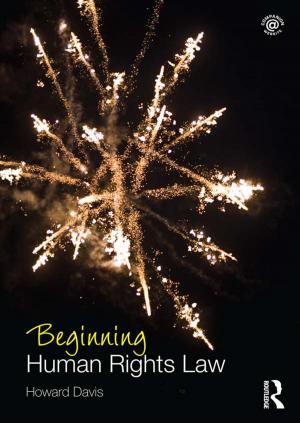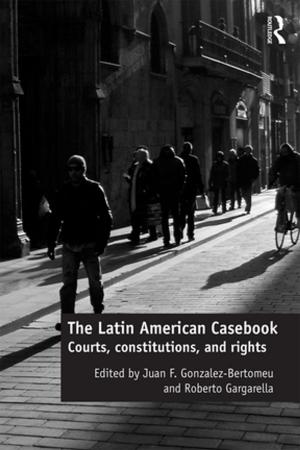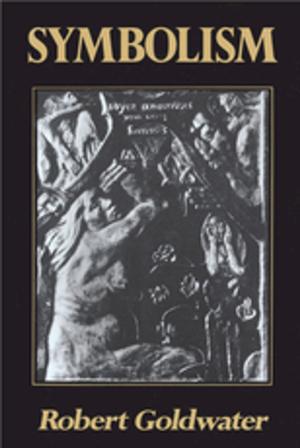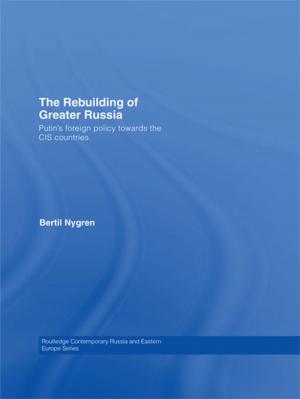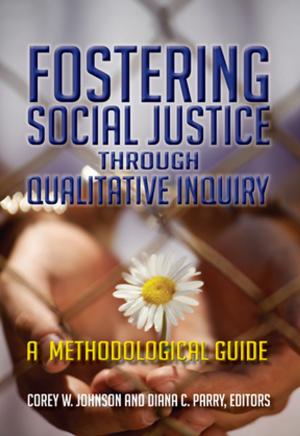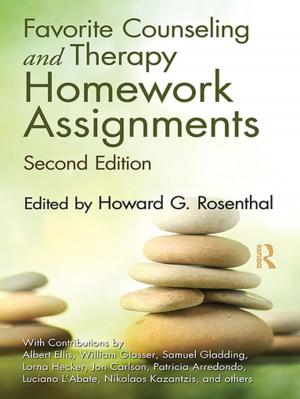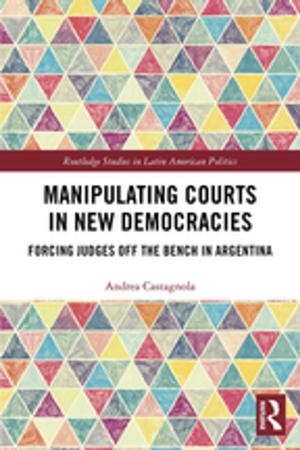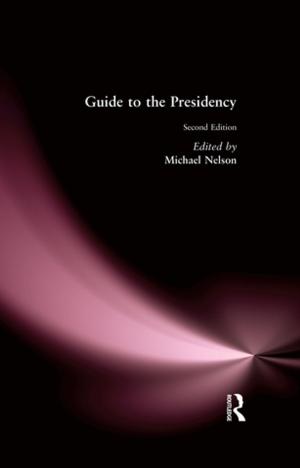The Catholic Imaginary and the Cults of Elizabeth, 1558–1582
Fiction & Literature, Literary Theory & Criticism| Author: | Stephen Hamrick | ISBN: | 9781351893329 |
| Publisher: | Taylor and Francis | Publication: | December 5, 2016 |
| Imprint: | Routledge | Language: | English |
| Author: | Stephen Hamrick |
| ISBN: | 9781351893329 |
| Publisher: | Taylor and Francis |
| Publication: | December 5, 2016 |
| Imprint: | Routledge |
| Language: | English |
Stephen Hamrick demonstrates how poets writing in the first part of Elizabeth I's reign proved instrumental in transferring Catholic worldviews and paradigms to the cults and early anti-cults of Elizabeth. Stephen Hamrick provides a detailed analysis of poets who used Petrarchan poetry to transform many forms of Catholic piety, ranging from confession and transubstantiation to sacred scriptures and liturgical singing, into a multivocal discourse used to fashion, refashion, and contest strategic political, religious, and courtly identities for the Queen and for other Court patrons. These poets, writers previously overlooked in many studies of Tudor culture, include Barnabe Googe, George Gascoigne, and Thomas Watson. Stephen Hamrick here shows that the nature of the religious reformations in Tudor England provided the necessary contexts required for Petrarchanism to achieve its cultural centrality and artistic complexity. This study makes a strong contribution to our understanding of the complex interaction among Catholicism, Petrachanism, and the second English Reformation.
Stephen Hamrick demonstrates how poets writing in the first part of Elizabeth I's reign proved instrumental in transferring Catholic worldviews and paradigms to the cults and early anti-cults of Elizabeth. Stephen Hamrick provides a detailed analysis of poets who used Petrarchan poetry to transform many forms of Catholic piety, ranging from confession and transubstantiation to sacred scriptures and liturgical singing, into a multivocal discourse used to fashion, refashion, and contest strategic political, religious, and courtly identities for the Queen and for other Court patrons. These poets, writers previously overlooked in many studies of Tudor culture, include Barnabe Googe, George Gascoigne, and Thomas Watson. Stephen Hamrick here shows that the nature of the religious reformations in Tudor England provided the necessary contexts required for Petrarchanism to achieve its cultural centrality and artistic complexity. This study makes a strong contribution to our understanding of the complex interaction among Catholicism, Petrachanism, and the second English Reformation.


